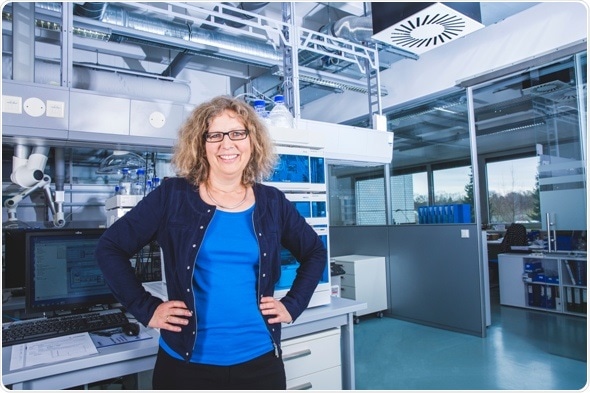It is now almost exactly one month since the so-called Equal Pay Day on March 18, 2019 attracted a lot of attention in Germany. Entrepreneur Alexandra Knauer reports on how she dealt with the campaign.

The ideal of fair pay regardless of gender is questioned today by only a few people. Nevertheless, in practice, many countries are still far behind this ideal. Germany currently reaches only one of the last ranks in Europe with an average of 21% lower pay of women - only Estonia and the Czech Republic are more behind.
How is the So-Called Gender Pay Gap Calculated?
The value is calculated as the average gross hourly wage for men minus the gross hourly wage for women and is related to the hourly pay of men. This ratio is expressed as a percentage.
The fact that this number, which is calculated annually by the Federal Statistical Office in Germany, receives so much attention is primarily due to the "Equal pay day" initiative of the Association “Business and Professional Women (BPW) Germany”
Translating the percentage into the number of days counted from January 1st, women on average have to work virtually free of charge before they catch up with their male colleagues, makes the difference clear and the injustice palpable. In Germany, it was 77 days until equal pay, corresponding to the time until March 18, 2019. This day was communicated very successfully as the campaign day by the BPW.
What Can Companies Do?
Entrepreneur Alexandra Knauer, who heads the Berlin-based laboratory instrument manufacturer KNAUER with 138 employees, in her own view, has always intuitively paid attention to equal treatment of female and male employees. This year, however, she took the campaign day as an impetus to calculate the pay gap for her company according to the same rule above.
Entrepreneur Alexandra Knauer says:
After I had decided on the review, I impatiently waited for the result. When the calculations at KNAUER resulted a wage advantage for men of just under 3.2 percent, I was very satisfied. Our Equal Pay Day would have been on January 12.”
Despite this very good result, the manager still sees a need for development, apart from payment, for example in the proportion of women. At just under 40%, the overall female quota is already very high for a technology company like KNAUER and the proportion of women in management positions at 35% is almost three times as high as German companies’ average, but there are still some key technical areas with very few women, such as the development department. Because Alexandra Knauer is convinced that diversity ultimately creates the better solutions, she continues to strive to increase the proportion of women in areas, considered classically male. The fact that she recently hired the first woman for the software development department made her particularly happy.
Entrepreneur Alexandra Knauer says:
We will determine the pay gap at KNAUER once a year in future. The ideal target would be a gap of zero percent. But I think a fluctuation margin of 3% in both directions is very acceptable. I would recommend every company to determine its own Equal Pay Day and take measures to ensure that it comes earlier each year. In any case, it is an excellent indicator for the annual targets.”
The family business KNAUER Wissenschaftliche Geräte GmbH has been developing measuring instruments for research and science for more than 56 years. The systems for chromatography, or more precisely liquid chromatography (HPLC), are used, for example, to examine foodstuffs or environmental samples for ingredients and impurities or to check the quality of pharma products. Alexandra Knauer, who manages the company with 138 employees in the second generation, attaches great importance to corporate responsibility both towards employees and towards the environment and society. The topic of corporate social responsibility has therefore been practically lived in the company for many years.
Source: https://www.knauer.net/